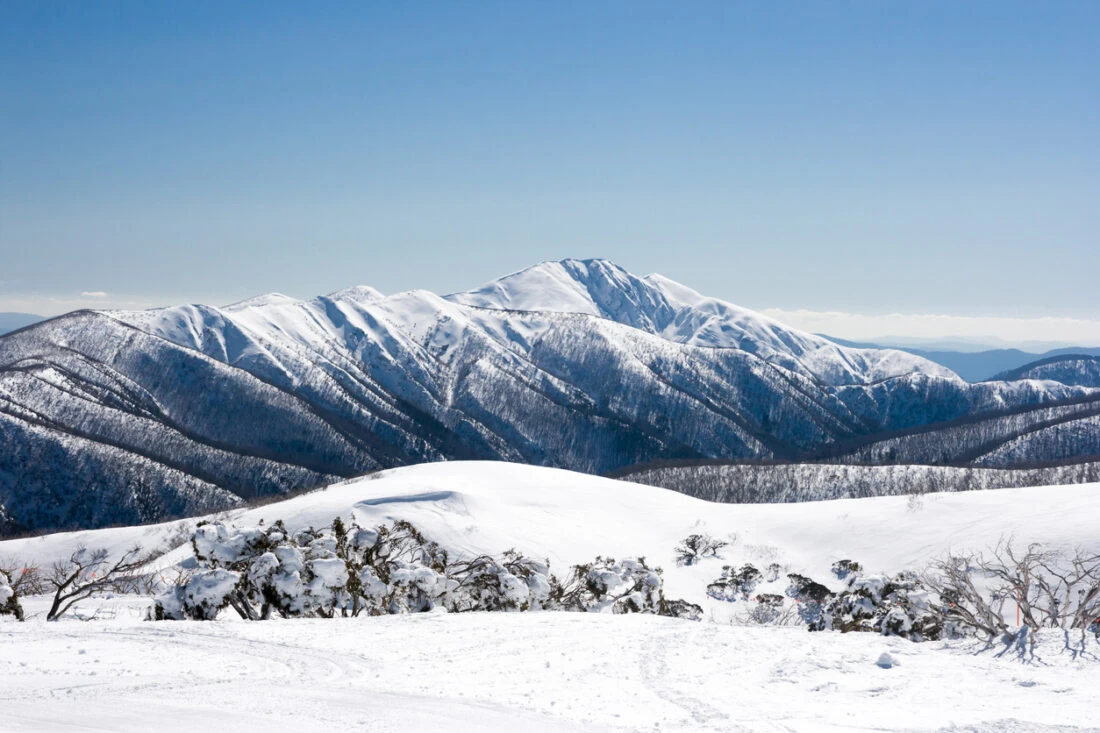Climate change threatens Australia's snowy Alps

Stay tuned with 24 News HD Android App

Climate change could make Australia's annual snow season more than a month shorter, placing a unique alpine ecosystem under threat, new research warned Wednesday.
Modelling by scientists at the Australian National University showed even with mitigation efforts, snow in the country will become much rarer.
Less than one percent of the mostly dry and dusty nation is defined as alpine.
That parcel of land in Australia's southeast -- scarcely as big as some Outback farms -- is home to unique flora and fauna, from snow gum trees to mountain pygmy possums.
Like many mountain regions around the world, the Australian Alps are seeing the rapid and "sobering" impacts of climate change, according to the study's co-author Adrienne Nicotra.
On the current trajectory, Australia's snow season -- which normally lasts about 100 days, roughly between June and August -- will be 44 days shorter by 2050, the model found.
If climate mitigation efforts are taken immediately, the snow season could be 28 days shorter by 2050, the research found.
Under a high emissions scenario, the season would be 55 days shorter -- almost half the length.
"Around the world, high-elevation regions are showing much more rapid impacts of climate change," said Nicotra.
With organisms restricted to an alpine island in a sea of bushland and desert, that could be devastating.
'Start to disappear'
It could spell trouble for Australia's roughly US$2 billion a year ski and winter outdoor industry.
Nicotra, who also heads the Australian Mountain Research Facility, said the modelling highlights the need for snow-linked industries to diversify their business and for a faster transition from fossil fuels to renewable energy sources.
Temperatures and humidity in Australia's alpine region have increased since the 1950s, while rainfall, snow seasons and snow depth have all decreased, data from Australia's weather agency shows.
In some areas, peak snow depth has reduced by 35 millimetres (1.4 inches) a year since 1954.
Snowy Mountains backcountry snowboard guide Alex Parsons said in the near decade she has worked on the slopes, the seasons have become shorter, and there has been more rain and less consistent snowfall.
"I can get quite down about the thought of watching the place that I love the most start to disappear," she said.
"Sometimes it's hard to guide people in the mountains and explain that these beautiful things we're looking at might not exist in 50 years," Parsons said.
"The stories I tell today will just be fables that I tell my kids."
While artificial snow technology -- such as snowmaking and snow grooming -- is helping fill the white powder gap at resorts, Parsons said it does not preserve the natural landscape, nor offer long-term solutions for the backcountry.
"The mountains are more than just skiing and snowboarding -- it's a whole ecosystem being affected out there," she said.
The snow also provides water security for Australian towns and cities.
The area provides about 30 percent of the water for the Murray-Darling Basin, the country's largest river system.
